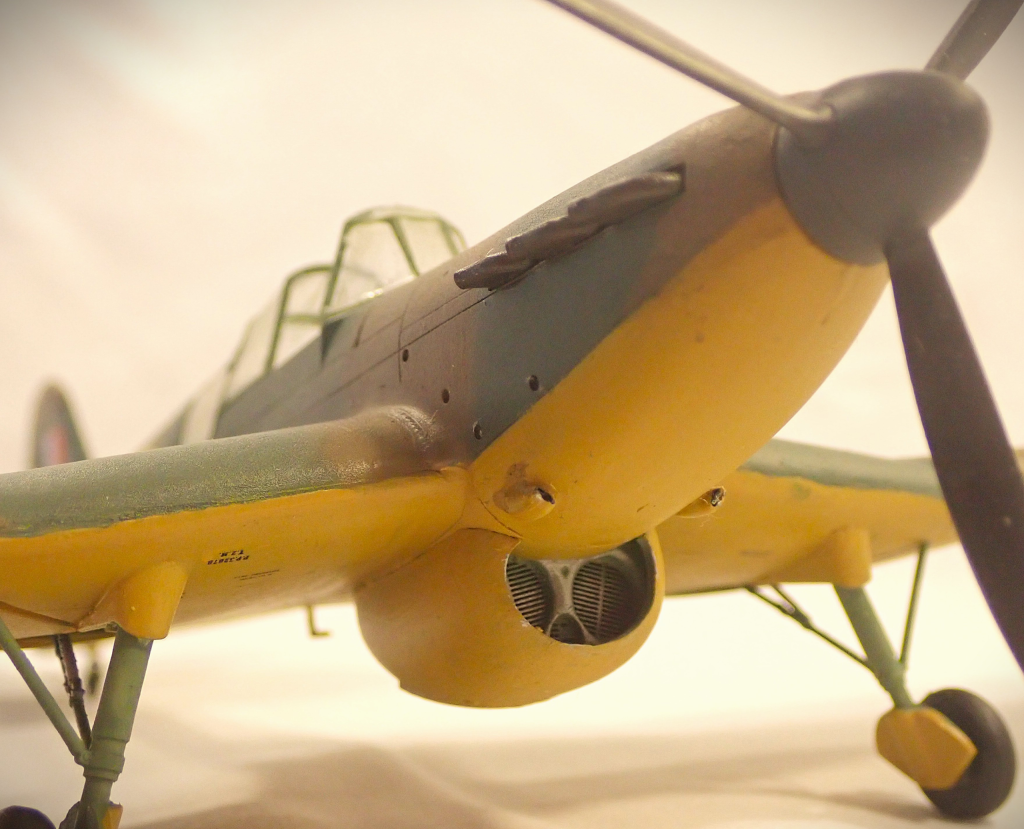The Miles Aircraft Company Ltd. produced this aircraft from 1939 to 1942 at three locations across England. Originally known as Philips and Powis Aircraft Ltd, the M.9 Master was built in three production marks as well as other variants. The original Mk.I was powered by the Rolls-Royce Kestrel XXX engine, but supplies were dwindling so the Mk.II, designated the M.19 Master, used the Bristol Mercury XX. A redesigned Mk.III was produced, designated the M.27, powered by Pratt & Whitney Wasp Junior engines. In total 3249 were produced.
The M.9 Master is a single engine two seat gull winged advanced trainer used by the RAF and FAA during and after WW2 as well as most Commonwealth countries and the United States Air Force based in Britain. It was used by 16 Operational Training Units and most of the RAF and FAA Squadrons. It was designed specifically as a trainer for fighter pilots and possessed performance levels equal to those of the Spitfire and Hurricane. The Master M.9 Mk.I first flew in March 1939 and entered service in July of that year.
The two-seat configuration allowed training for a student pilot at the controls with the instructor at the rear. The instructor’s seat was 12 inches higher to give greater visibility. In 1942 it was declared that all RAF pilots had been trained in a Master.
Many hundreds of Master Mk.II’s were converted as target tugs and Glider tugs. The lower portion of the rudder was cut away and a towing hook installed to enable the type to tow Hotspur gliders in many Glider Training Units.
Despite the large number of Masters built there are no known surviving aircraft.
